So you want to learn how to roast a chicken? You’ve come to the right place. First of all, let’s dispel the myth around making the perfect roast chicken. Maybe it’s because the tradition of Thanksgiving turkeys has made it seem like roasting a bird is a mystery and a challenge. And indeed, a bigger dryer-meat bird can require more attention to detail. But cooking a whole chicken can be fairly simple and actually has quite a bit of room for error.
What is the difference between roasting and baking?
For us regular folks, the difference between roasting and baking is sort of just a matter of semantics. But technically you roast a chicken, not bake. Let’s take a closer look at why…
Roasting is usually done at higher temperatures (above 400°F), while baking takes place at lower oven temperatures (around 375°F and below). For our perfect roast chicken, we go with 375F, for a slower roast, but as we mentioned it’s not an exact science, and a bit hotter (or cooler) can work fine too as long as the whole chicken gets cooked through.
Roasting uses dry heat and hot air over open flames or in an oven to surround the food and cook it evenly on all sides. Roasting gives solid foods like meat (your chicken!) and vegetables extra flavor through caramelization and browning and sometimes a crisp outside.
Baking also uses dry heat (typically from the oven) but never with direct exposure to a flame. Baking is for foods that start off as a batter or dough before cooking – cakes, quiches, cookies, casseroles, etc. Sometimes baking requires food to be covered, but roasting does not.
Should I cover the chicken when roasting?
The reason you cover any food while cooking in the oven is to keep the surface from cooking faster than the interior of the food and to keep the moisture in. Covering your food with a lid or foil while it’s cooking will not make it cook faster, it just disperses the heat more evenly so that the dish cooks perfectly on all sides.
For this reason, some people like to tent a turkey so the outside doesn’t get overcooked before the inside is done. In the case of a chicken, though, even a bigger bird usually doesn’t benefit from being covered when roasting. You definitely want that skin nice and crispy, so we recommend roasting without a tent or lid.
What temperature should I roast a chicken?
Now that you know that you’ll be roasting (not baking) your chicken – uncovered – how hot should your oven be? While many recipes throughout the internet recommend cooking your bird at 425F, we actually roast ours on the lower end of the recommended roasting temperature. We find a slightly slower roast allows to the bird to cook more evenly and turn out more moist than when we crank up the dial.
That said, the main goal is to cook the chicken until the internal temperature (check by inserting the thermometer in the breast, not a boney area) reaches 165F with an internal meat thermometer. If you don’t have a thermometer yet, you can still check for doneness by slicing into the meat. It should not be pink and the juices should run clear.
How to roast a chicken
Recipes for how to roast a chicken vary on oven temperatures, cooking time, and how to season the bird. But having collectively made hundreds of roast chickens in our kitchens, us Real Planners find this method to be tried and true.
As we discuss above, roasting meat is typically done at a temperature of 425F or higher, and indeed, many roast chicken recipes will recommend that temperature.
Preheat the oven to 375F.
Remove chicken from the package, remove giblet bag from the chicken cavity, rinse well, and pat dry.
Place chicken in a shallow baking dish with legs under it. You can choose to surround your chicken with onions, potatoes, carrots, parsnips, fennel, or other slow-cooking veggies. Just be sure to keep them all approximately the same size (aim for ping pong ball or slightly smaller) so they cook evenly.
Season the inside of the chicken with salt and pepper. You can also choose to stuff the cavity with a half of a lemon, a head of garlic cut in half, or a bunch of fresh herbs, but this is not necessary.
Rub softened butter (or fat of choice) over chicken skin. Sprinkle chicken generously with more sea salt, pepper, and herbs of your choosing.
Bake for 30 minutes, then using tongs and/or potholders, gently flip the chicken so that the legs are up.
Sprinkle the flip side of the chicken with salt, pepper, and herbs, and bake for an additional 20 minutes per pound.
The chicken is done when a meat thermometer inserted into the leg or inner thigh (avoiding the bone) reads 165F and the skin is nicely browned and crisp.
What if my roast chicken is undercooked?
Occasionally due to a faulty thermometer, user error, or checking the meat in the wrong place, you may still end up with slightly undercooked poultry. Don’t worry, with practice this will happen less and less. But in the meantime, you can throw the undercooked parts of your chicken back in the oven (or even in the microwave) until all of the pinkness is gone.
Different ways to use roast chicken
A roast chicken is a super versatile dish, essential for a savvy meal planner’s repertoire of recipes. With a roast chicken in your weekly meal plan, not only do you have a super delicious classic dinner, but the leftover meat can be used in endless recipes. Check out our busy mom meal plan post for a great example of making your roast chicken stretch for at least three meals.
Using the bones of the chicken to make soup and broth is also a super-smart, money-saving way to get the most out of your chicken. If you aren’t already doing this, learn how to make your own chicken stock in this post.
Check out this post for even more ways to use your leftover chicken to make exciting reimagined meals all week!
What is the healthiest chicken to buy
When it comes to buying chicken, you have many options that vary in cost, quality, and accessibility. To be clear, we understand that being fussy about choosing high-quality meat is a privilege that not everyone has. That said, if you do have the ability and interest in choosing, here are some suggestions…
In order of quality, look for pasture-raised first if you can find and afford it. The next best is free-range and/or organic.
Free-range chickens have more room to move around and have access to the outdoors, and organic means the birds were fed organic feed. Pasture-raised chickens regularly spend time outdoors where they are exposed to sunshine and have the opportunity to eat grass and insects.
Scratching in dirt and grass, basking in the sun, bathing in the rain, and hunting for and eating bugs are natural chicken behaviors. When these activities are restricted, the health of the chicken is compromised. Poultry and eggs that come from pastured chickens are healthier, more nutritious, and tastier than factory farm products.
Healthy poultry meat is pink-colored, sweet-smelling, and more elastic than that produced from factory chickens. When cooked, the meat is more tender, juicier, and fresher tasting.
Now that you know everything you could possibly need to know about how to roast a chicken, buy one, and make the most of the leftovers, what are you waiting for? Go get a chicken and roast it up!
How to Roast a Chicken
Ingredients
- 1/4 c butter, or fat of choice
- 3 lb whole chicken
- 1 lemon
- 1 bunch fresh rosemary
- 1 tsp. coarse sea salt, plus more to taste
- 1 tsp. ground black pepper, to taste
Instructions
- Preheat the oven to 375F and remove butter from the fridge to soften.
- Remove chicken from package, remove giblet bag from chicken cavity, rinse well, and pat dry.
- Place chicken in a shallow baking dish with legs under.
- Slice lemon in half and shove the halves and half of the rosemary into the chicken cavity.
- Rub softened butter over chicken skin.
- Chop the remaining rosemary. Sprinkle chicken generously with half of the sea salt, pepper and rosemary.
- Bake for 30 minutes, then using tongs and/or potholders, gently flip the chicken so that the legs are up.
- Sprinkle the flip side of the chicken with the rest of the rosemary and the remaining salt and pepper, and bake for an additional 20 minutes per pound. The chicken is done when a meat thermometer inserted into the leg or inner thigh (avoiding the bone) reads 165F and the skin is nicely browned and crisp.
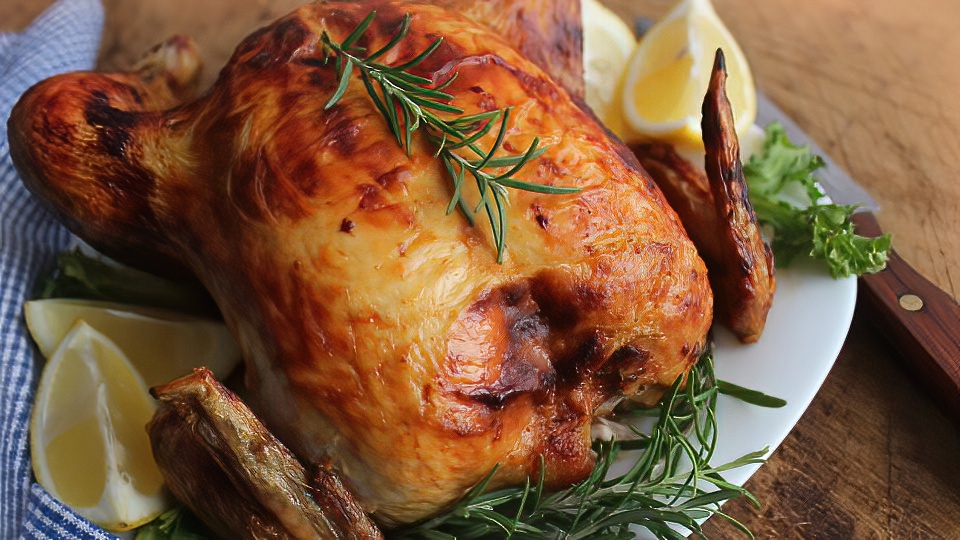
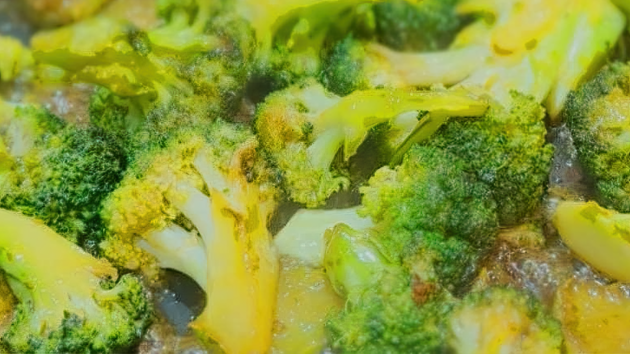
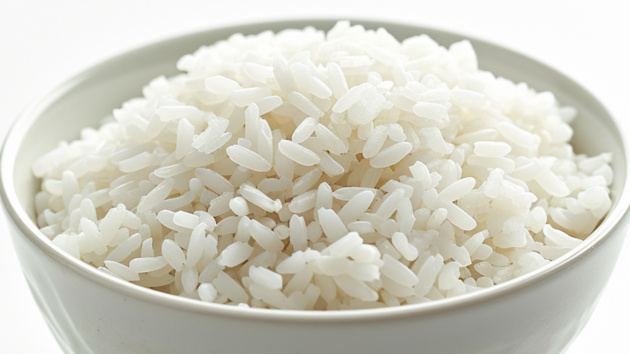
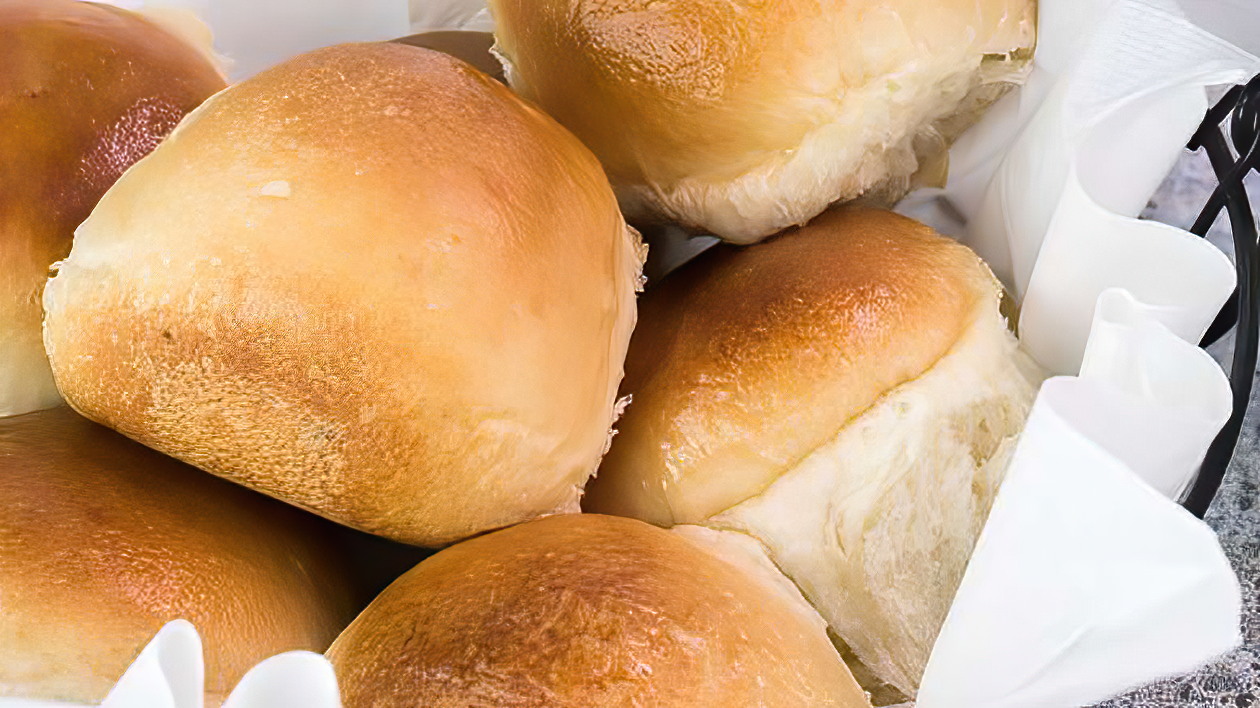
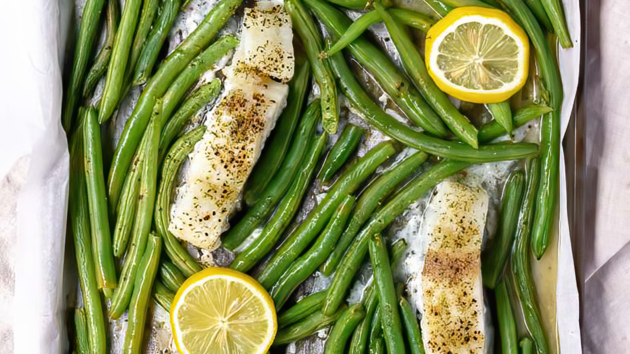
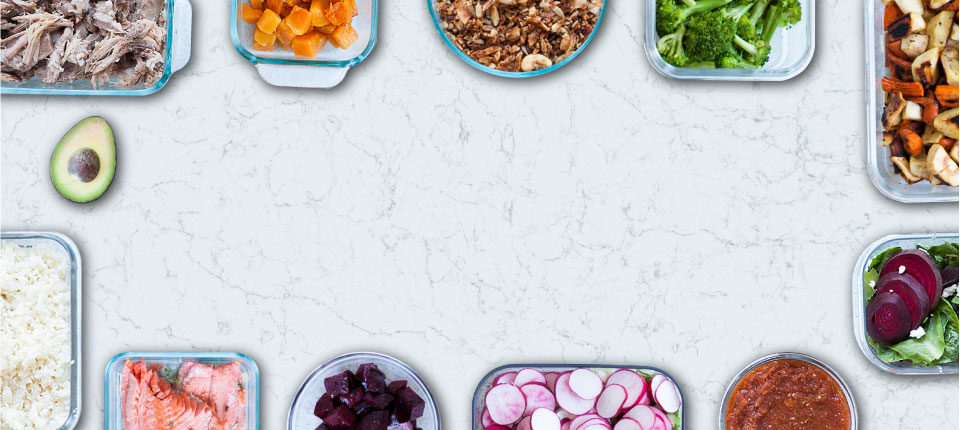
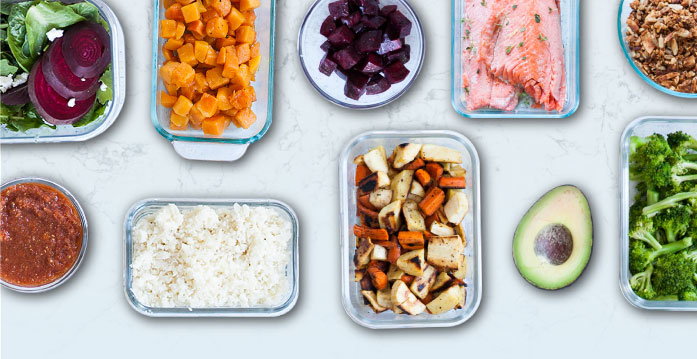
Alene
Easy, flavorful. The lemon really came through, making this a super tasty, easy way to cook a chicken. I love not having the handle the raw meat.